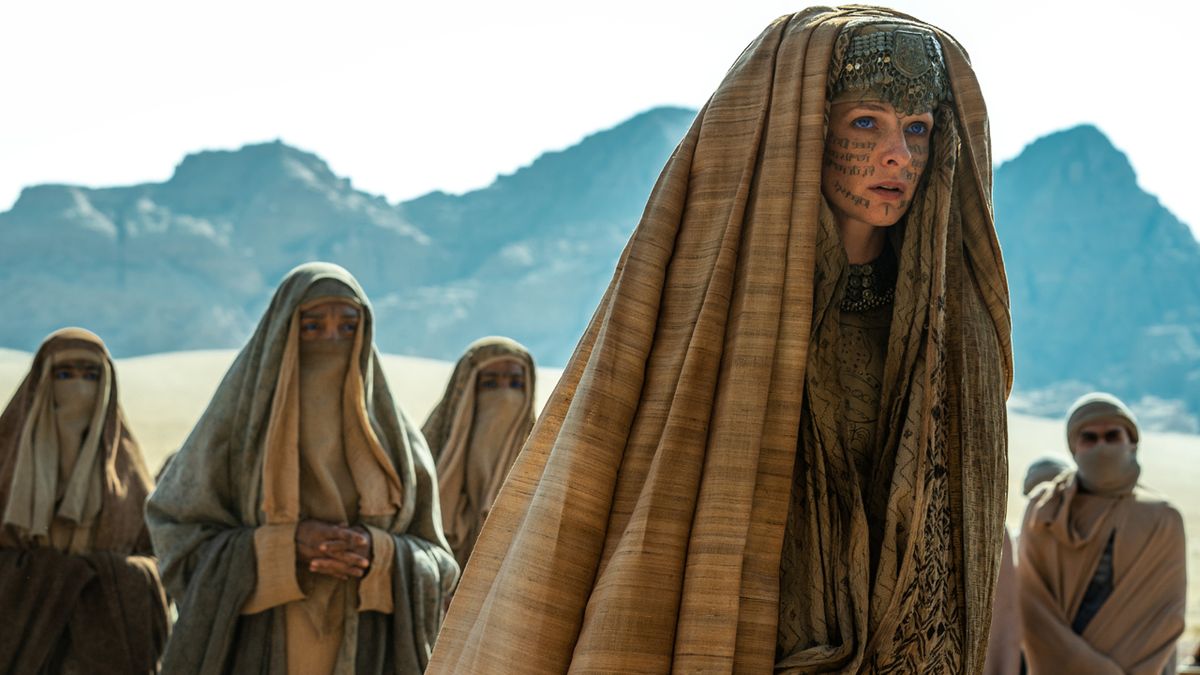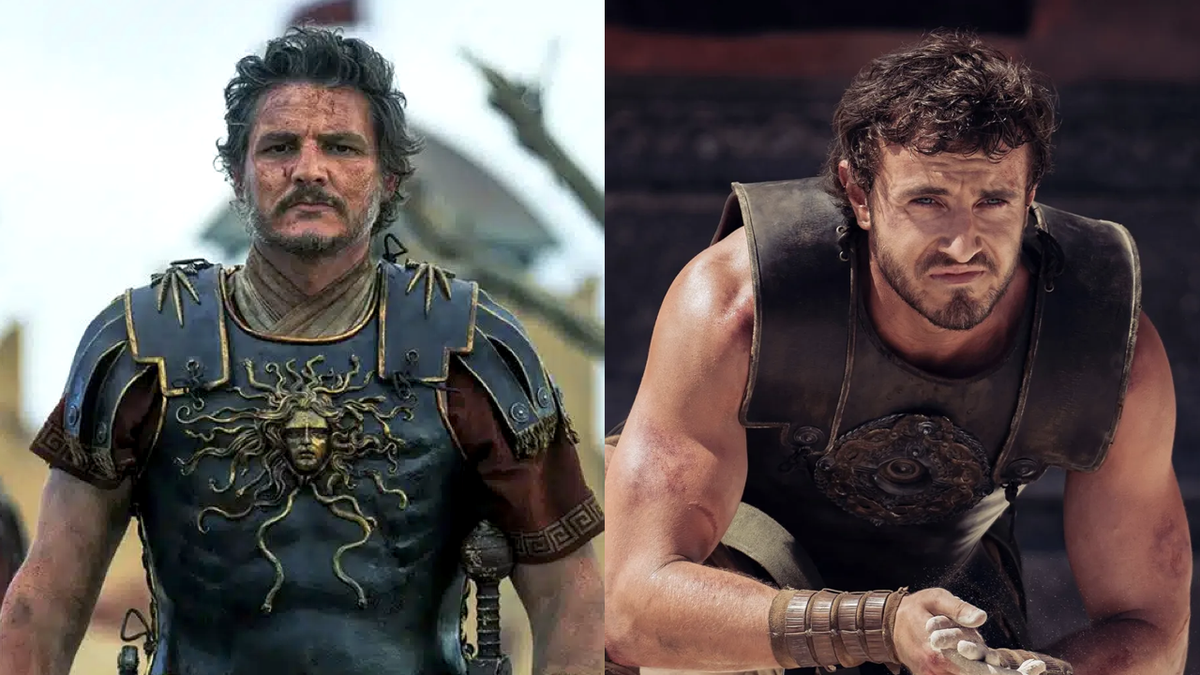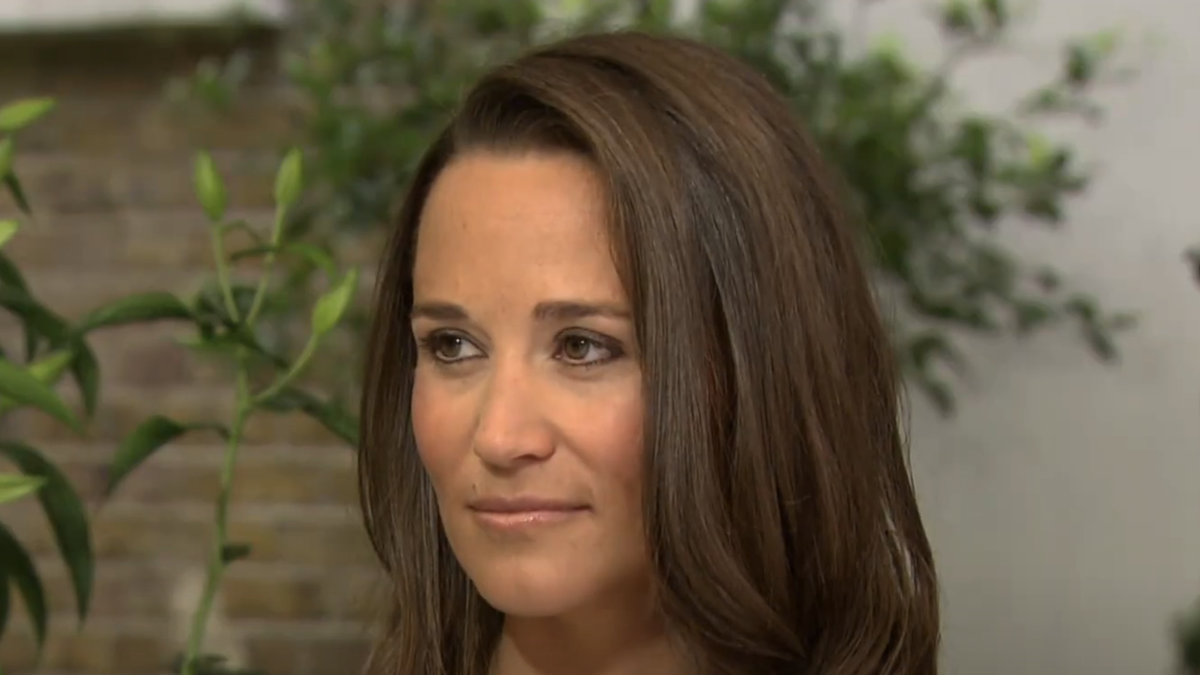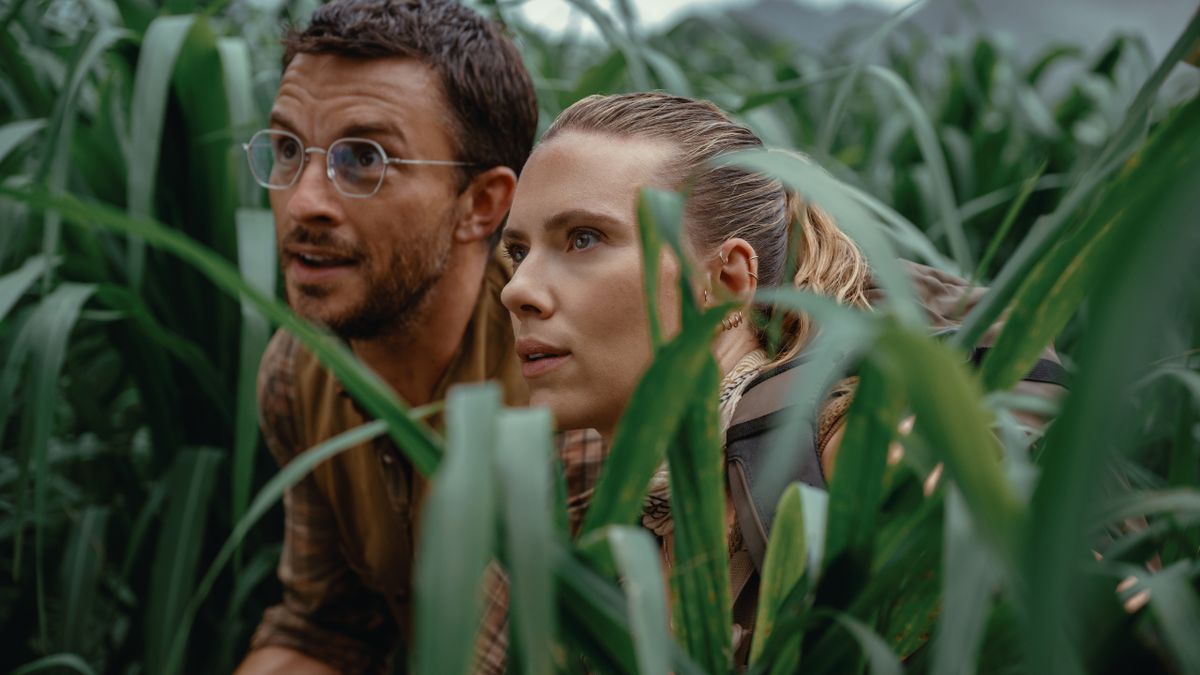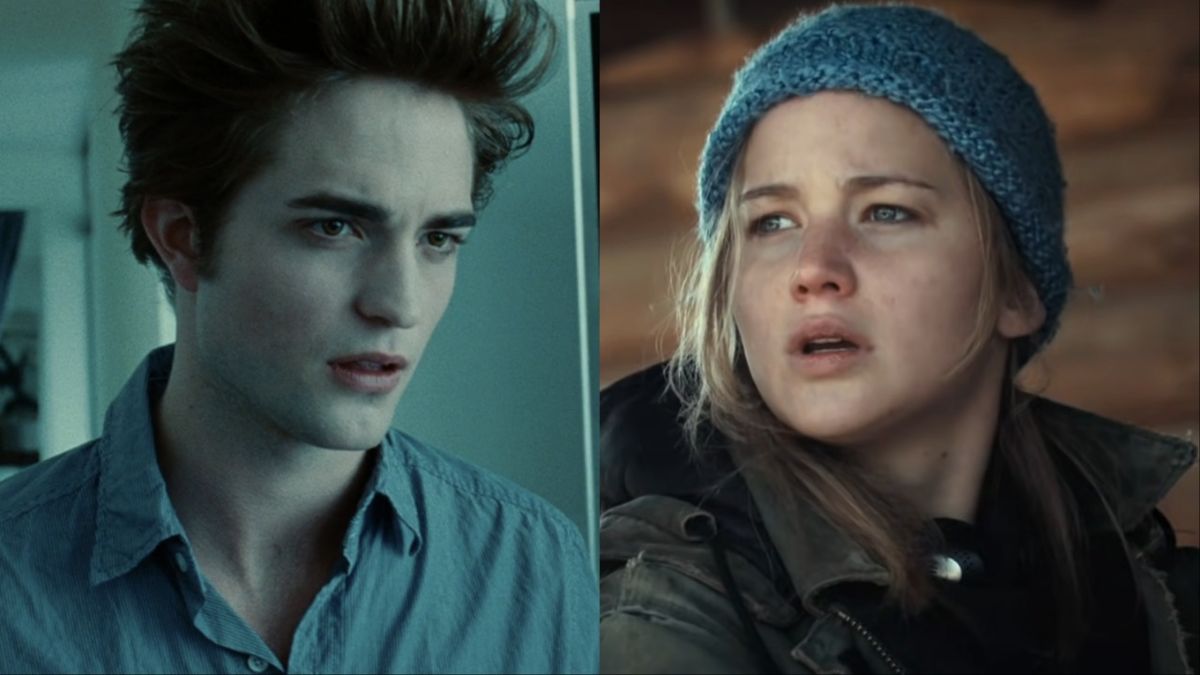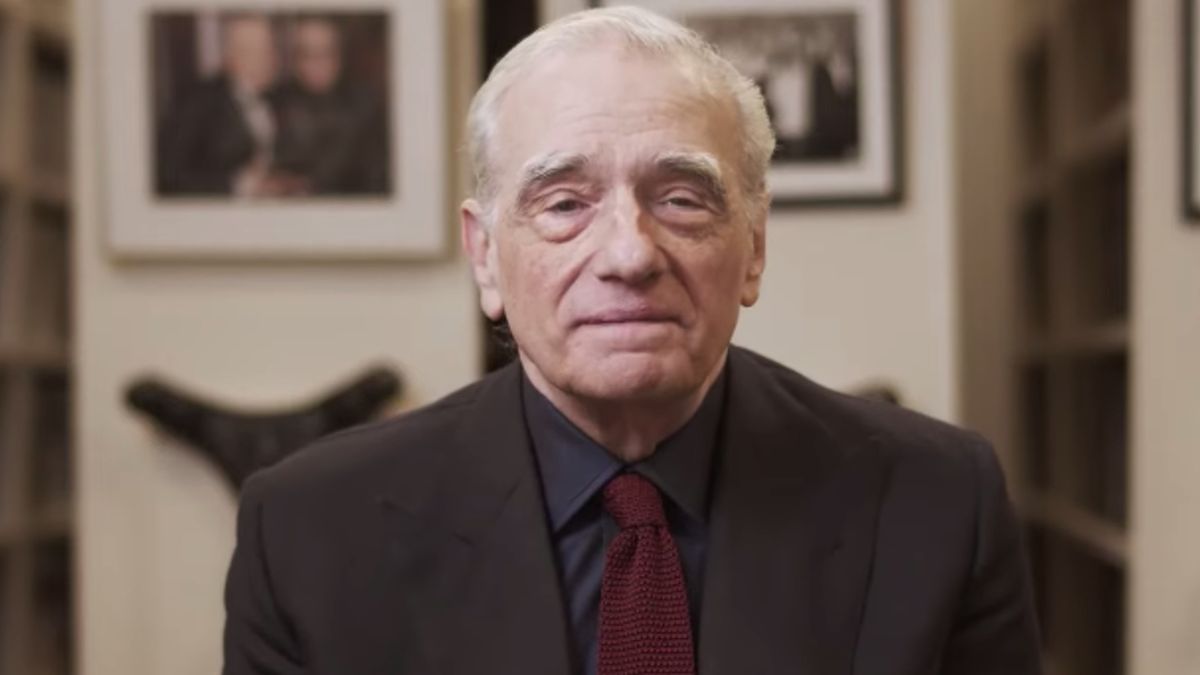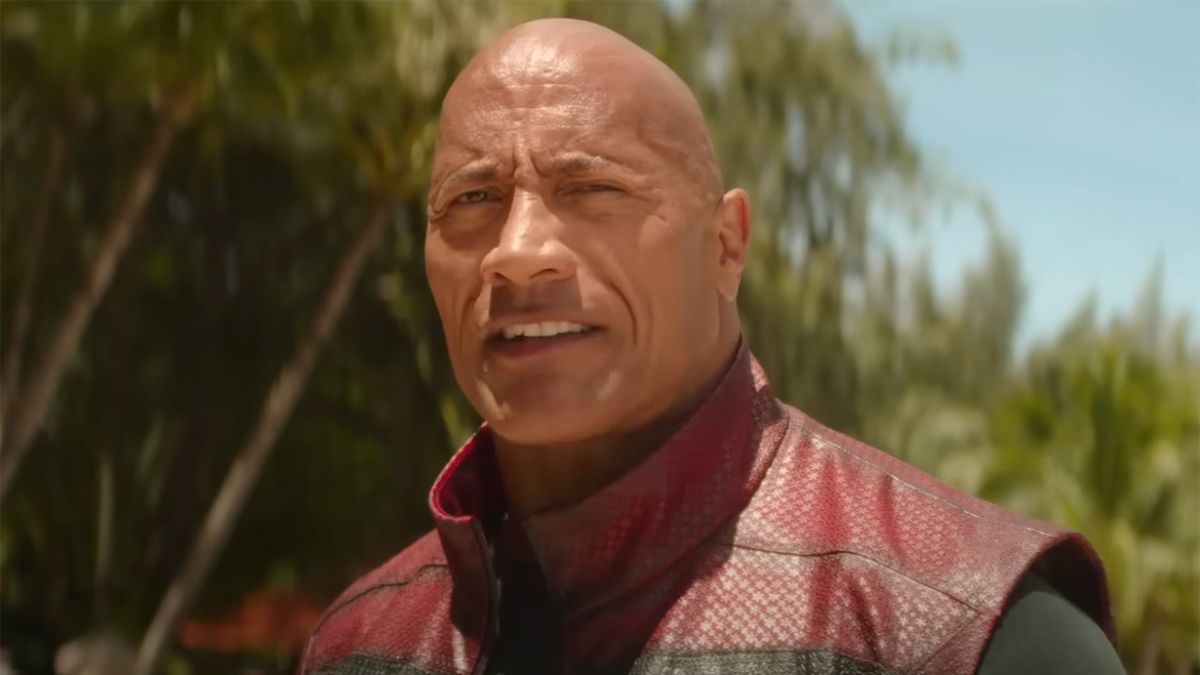Alia Atreides: Everything You Should Know About Anya Taylor-Joy’s Surprise Dune: Part Two Character
SPOILER WARNING: The following article contains certain spoilers for Dune: Part Two. If you have not yet seen the film, proceed at your own risk!
Audiences were made well-aware going into Denis Villeneuve’s Dune: Part Two that the sci-fi blockbuster features a phenomenal ensemble cast. Not only are Timothée Chalamet, Zendaya, Rebecca Ferguson, Javier Bardem, Josh Brolin and more back from the first movie, but newcomers include Florence Pugh, Austin Butler, Lea Seydoux and Christopher Walken. It was designed as a star-studded cinematic experience… and yet, many were likely surprised by the appearance of Anya Taylor-Joy in sequences depicting visions of the future.
In Dune: Part Two, Anya Taylor-Joy plays Alia Atreides, the sister of Timothée Chalamet’s Paul Atreides and the daughter of Rebecca Ferguson’s Lady Jessica – and if you have questions, we totally understand. We understand so much, in fact, that we’ve put together this feature together to specifically try and clear up any and all confusion. From who she is to what we can expect to see from her in the future, this is everything you need to know about the very special and important Dune character.
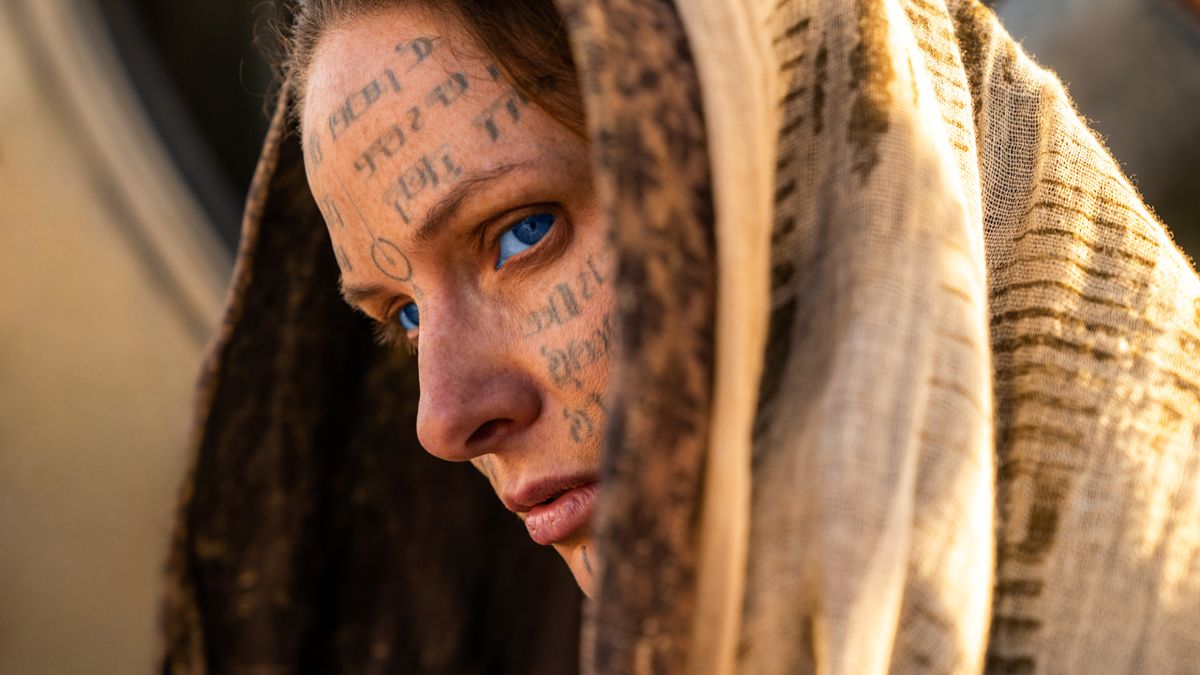
Who Is Alia Atreides?
It is revealed around a third of the way through Frank Herbert’s Dune that Lady Jessica is pregnant with her second child sired by Duke Leto Atreides, and she keeps the child a secret between herself and Paul in the aftermath of the Harkonnen/Sardaukar attack on House Atreides. This proves to be a consequential decision when Jessica is requested to be the new Reverend Mother for the Fremen of Arrakis and told to connect with the full history of the Bene Gesserit by drinking the Water Of Life. Not only does Jessica acquire the memories of her predecessors in the sisterhood, but her unborn fetus acquires them as well.
When Alia is later born, she Freaks. People. Out. In Dune, she is a toddler with the intelligence and bearing of a fully grown adult, and thusly she is viewed by many as an abomination. Her youthful appearance results in people underestimating her remarkable intelligence – and nobody learns this lesson quite like Baron Vladimir Harkonnen. As part of their on-going war with the Fremen on Arrakis, the Harkonnens kidnap Alia thinking that it will give them an advantage, but it turns out to be a fateful mistake. Able to escape, she kills the Baron by stabbing him in the neck, and she only reveals herself as his granddaughter as his life slips away.
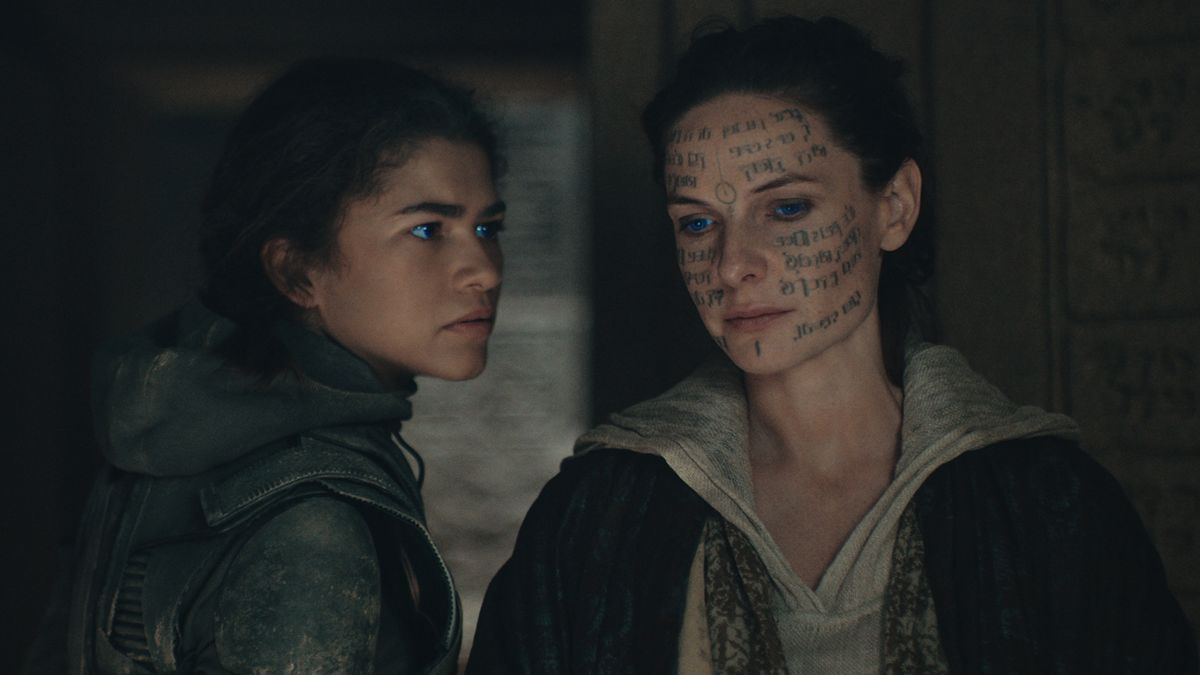
Alia Atreides’ Role In Denis Villeneuve’s Dune: Part Two Is Very Different Than Her Role In Frank Herbert’s Novel
Based on what I describe above, you can understand why filmmakers would have difficulty bringing the character to life in an adaptation. David Lynch took a swing with his 1984 movie casting child prodigy Alicia Witt, and young actress Laura Burton was cast for the SciFi Channel miniseries from 2000, but Denis Villeneuve and co-writer Jon Spaihts decided to go a different route with young Alia for Dune: Part Two. Because the blockbuster opts to not feature the time jump that is part of the source material, the film doesn’t have Jessica giving birth, and it instead features the mother having a psychic connection with her daughter while she is still in the womb.
Just because Alia isn’t born doesn’t mean that she doesn’t have an outsized impact on the film, however. She may not get kidnapped and kill Baron Harkonnen, but she has a strong influence over her mother, and it’s in tandem with Alia that Lady Jessica embarks on her evangelist mission convincing the Fremen that Paul Atreides is the messiah known as Lisan al Gaib. Tragically, it’s in following the path that Jessica and Alia lay out for him that leads Paul to instigate an intergalactic jihad that will result in the deaths of millions.
Never depicted as a hyper-intelligent toddler, Alia is represented in Dune: Part Two both as a fetus and as an adult played by Furiosa: A Mad Max Saga star Anya Taylor-Joy. Paul has a vision of her in a future where Arrakis is once again lush, and it is through talking with her that he discovers that Lady Jessica is the Baron’s daughter.
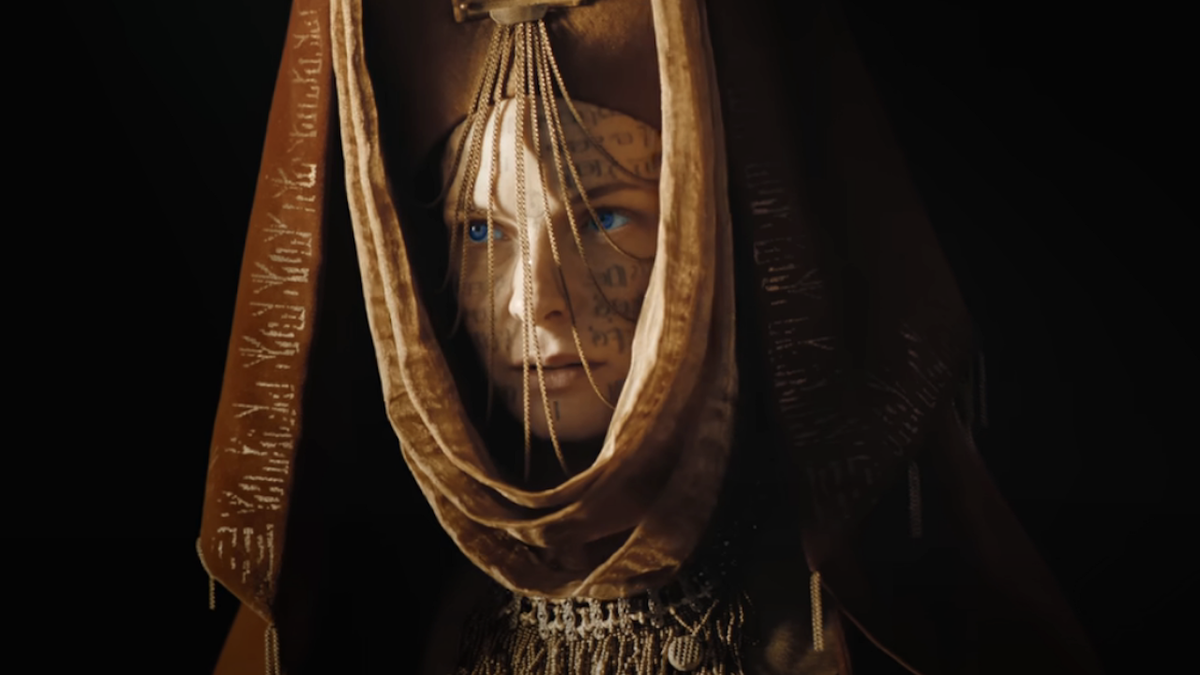
Dune: Part Two’s Co-Writer Explains Why The Movie Made Those Big Changes With Alia
Denis Villeneuve’s Dune: Part One and Dune: Part Two are exceptionally faithful adaptations of Frank Herbert’s novel, but there are some standout differences between the films and their source material. Alia not being born is a major one, but the reasons why she was omitted as a character post-womb are logical.
Jon Spaihs discussed the various changes between the films and the book in an interview with Inverse, and part of that conversation included the topic of Alia. As Spaihts puts it, he and Denis Villeneuve were unsure how the character would be received, and not wanting that particular weirdness to steal focus, the filmmakers instead opted for a different kind of weirdness. Said the screenwriter,
We were a little leery of that talking toddler, as a distraction in the middle of the film. That’s a difficult thing to execute on film… It left Jessica talking to a kind of phantom inside her and walking through the Fremen world in an apparent madness, talking to someone who wasn’t there. And we loved the drama of that… Denis [Villeneuve] was engaged by the visual challenge of representing this little premature adult in utero wrapped in pearly pink light and floating in a fluid.
With the change in approach to Alia Atreides, the filmmakers got to have their cake and eat it too. The character is still an important part of the story and the audience perfectly registers the supernatural strangeness, and the production didn’t have to worry about casting a super smart child or trying something experimental with visual effects.
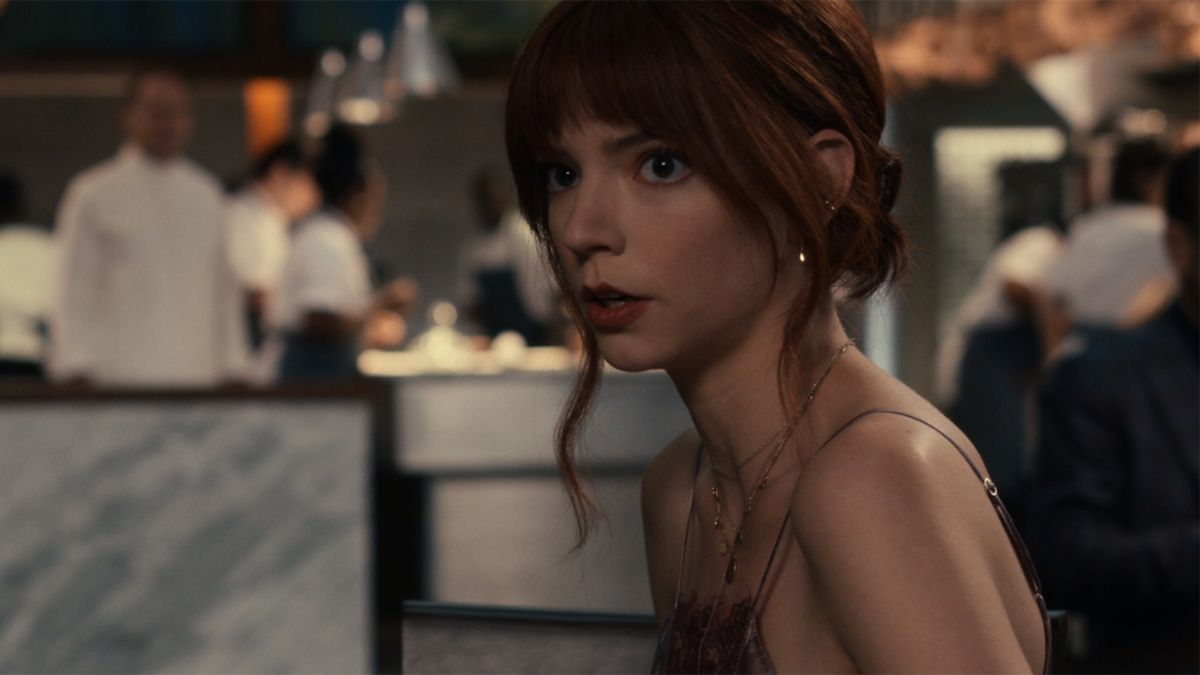
What To Expect From Alia Atreides In The Future
Circumstantially similar to Florence Pugh’s role as Princess Irulan in Dune: Part Two, the casting of Anya Taylor-Joy as an adult Alia Atreides is a move made by the production with an eye on the future. In addition to adapting Frank Herbert’s Dune as two movies, Denis Villeneuve’s vision for the franchise has always included a third film based on Dune’s first sequel, Dune: Messiah – and Alia has a key supporting role in that story.
Dune: Messiah is set a dozen years after Paul Atreides overthrew Shaddam Corrino IV and became the new Emperor, and Alia is one of the most trusted people in his life and a key advisor (she is also heavily tied into the plot, but that’s challenging to discuss without spoilers for those of you who haven’t read the book). It is admittedly a tad odd that Anya Taylor-Joy is only one year younger than Timothée Chalamet and they are playing siblings that are supposed to have a nearly two-decade gap in their ages, but the filmmakers will surely find a way to make it make sense (perhaps with makeup or visual effects, or with some kind of exposition about rapid aging due to her exposure to the Water of Life as a fetus).
Dune: Part Two is now playing in theaters everywhere. And while Denis Villeneuve’s Dune: Messiah has not yet been given the official greenlight from Legendary Pictures, be sure to stay tuned here on CinemaBlend for any updates we hear about the project in the coming days, weeks, months, and years.

